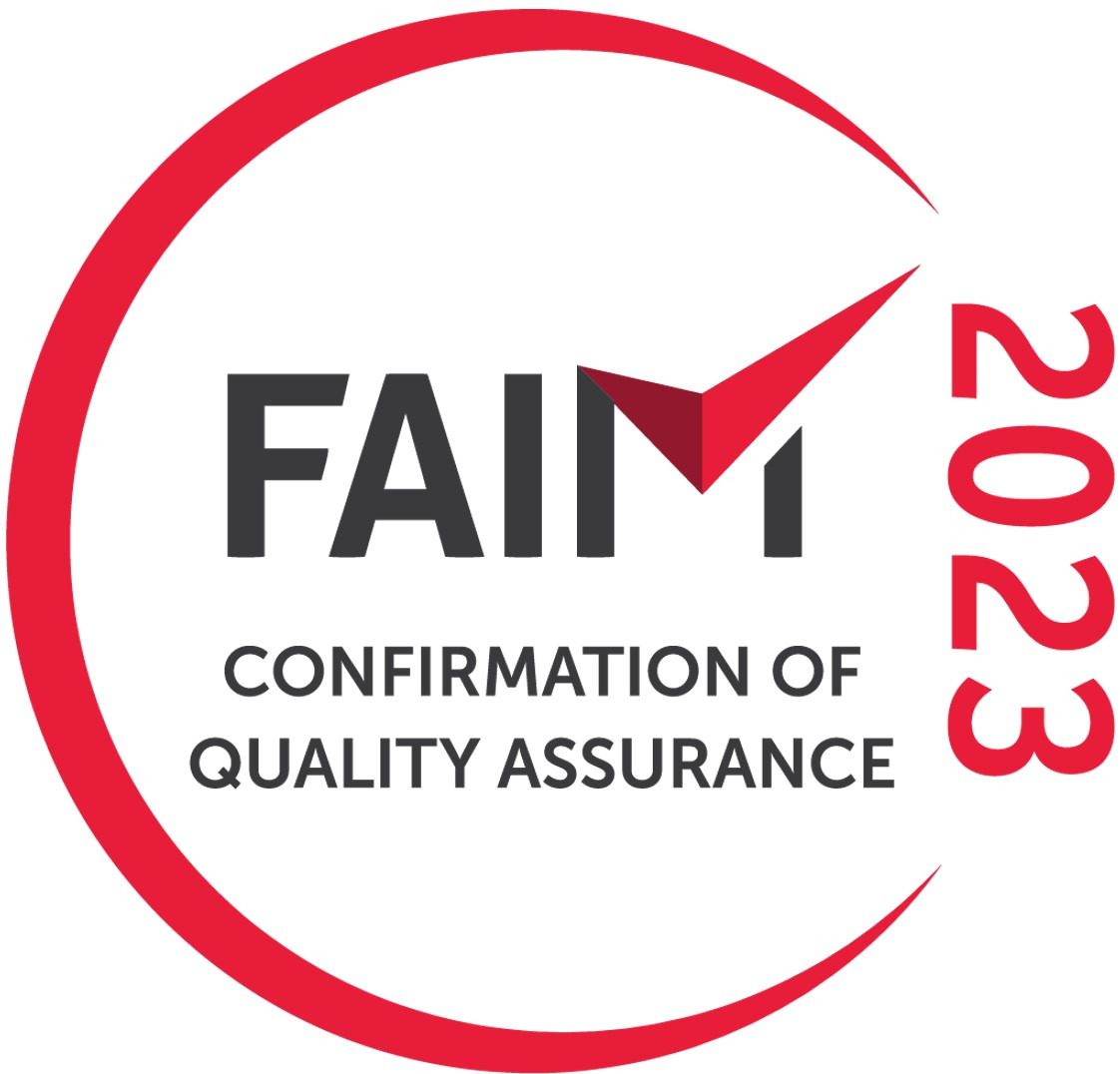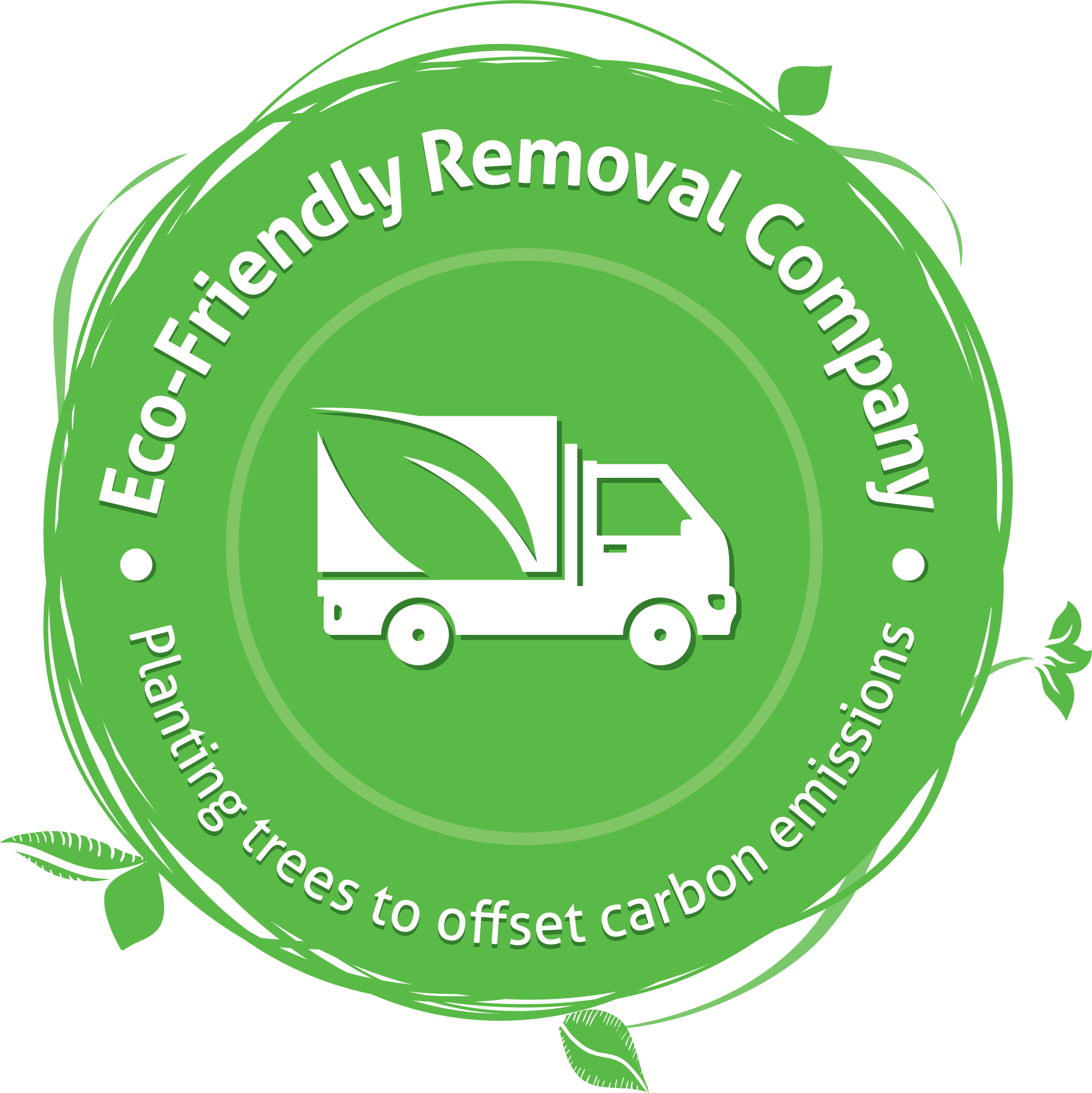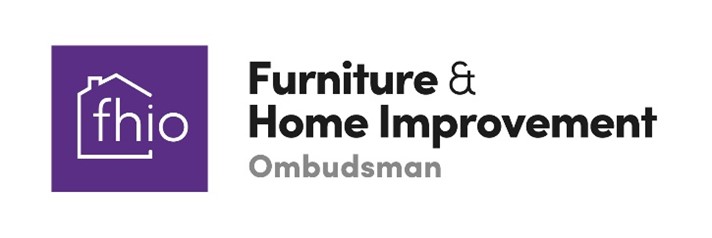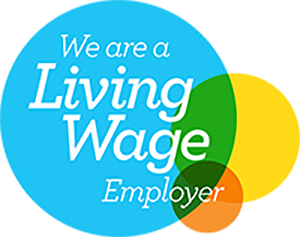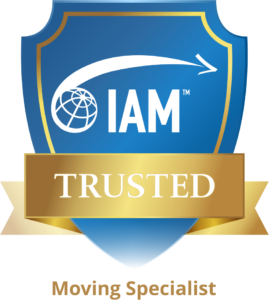Vaccines are being rolled out across the world, but some countries have been more successful than others.
A year after countries around the world were forced into lockdown for COVID 19, the world now has a small army of vaccines to fight the pandemic. However, adoption has varied wildly from one country to another. Here, we look at how several countries have approached the challenge and why some have done better than others.
Australia
Australia has been slower than most to approve vaccines. However, the first batch of 142,000 Pfizer jabs arrived for a vaccine program at the end of February and Astra Zeneca’s vaccine has also now received provisional approval. Australian regulators will allow the vaccine to be administered between four and 12 weeks after the first.
However, Australia is entirely reliant on overseas supply, leaving it highly vulnerable to supply chain shocks. Rolling out in phases based on vulnerability. People at increased risk of exposure and infection such as health care, health residents and border workers. People who have an increased risk and aboriginal people, and people working in critical services, other healthcare services and meat processing.
The second phase will then move on through the age groups starting with people over the age of 60 and moving on down to people over the age of 16. Children younger than that age will only receive it as part of the third phase if deemed suitable.
USA
Regulators have now approved Johnson & Johnson’s vaccine. More than 87.9 million doses have been given with an average of 2.16 million doses per day. President Biden has vowed to hit 100 million doses by his hundred days in office. With providers currently vaccinating around 2.16 million per day he’s well on track to hit that target.
Pfizer says it expects to double the number of doses it provides to the government. While the pandemic continues to rage, the US is now overcoming its slow start and beginning to move through the gears.
Canada
Pfizer, Astra Zeneca and Moderna’s vaccines have all been approved for use with Johnson & Johnson’s being added at the beginning of March. However, the country’s vaccine rollout has been slower than most and hit by delays. Pfizer and Moderna had to reduce shipments because of manufacturing issues with Pfizer eventually stopping shipments altogether.
However, President Justin Trudeau maintains the country will hit its target of six million doses (three million people) by the end of March. Despite assurances last year, Canada lacks capacity to deliver the vaccine in sufficient volumes which has left them vulnerable to supply chain issues and delays.
South Africa
More than a third of all COVID 19 cases in Africa have been in South Africa, but it only began its vaccination program in February. It will be using the Johnson & Johnson vaccine which can be administered as a single dose and has been shown to be effective against the more virulent variant found in South Africa.
The country now has 80,000 doses but has suspended Astra Zenecca’s vaccine after it failed to clearly show that it could stop the South African variant.
UAE
Alongside Israel, UAE has the fastest vaccine rollout program in the world. Both moved swiftly to secure supply of vaccines and began inoculating citizens quickly. The country’s health minister was one of the first to receive a vaccine after China’s Sinopharm vaccine was given approval for emergency use in December.
Their willingness to source vaccines from outside the West, along with their small population size and relative wealth has helped them get ahead of the game. In particular, UAE says it has avoided falling into the same trap as many western countries by judging vaccines on their medical data rather than their origins. This has helped give a wider diversity of vaccines from which to choose from.
New Zealand
New Zealand’s slowness to roll out vaccines contrasts with its general success in preventing the spread of COVID 19 itself. At the time of writing, the country has just one new case and a total of 26 deaths.
The low death toll might help to explain the lack of urgency surrounding vaccination. While other countries adopted a process of emergency approvals, New Zealand has been much more cautious. As such, it was only towards the latter part of February that it announced the roll out of Astra Zeneca’s virus.
The country’s slow roll out has worried some critics who fear it leaves them vulnerable to new, more virulent, variants cropping up around the world. Others will say that the small number of deaths allows the country to be more cautious than those such as the US and UK which were hit hardest.
Getting the vaccine
Different countries, then, have moved at different speeds and have focused on different vaccines. While the West appears to shun vaccines produced from China and Russia, countries in the middle East have been less picky.
Those which moved early and took risks by making advanced orders also seem to have benefitted from smoother distributions. Early movers such as the UK which broke consensus by allowing a longer gap between vaccinations have served as useful study points for the others.
With data beginning to suggest vaccines continue to offer protection with longer issues others are beginning to follow suit, focusing on providing as many initial doses to patients as possible, before moving onto second doses.





